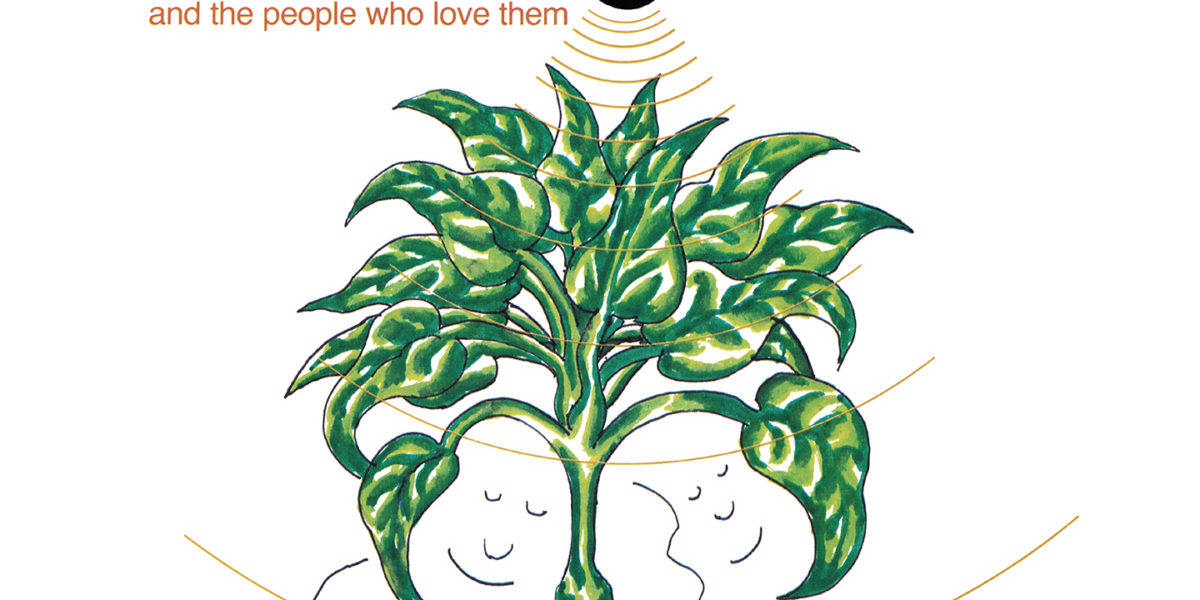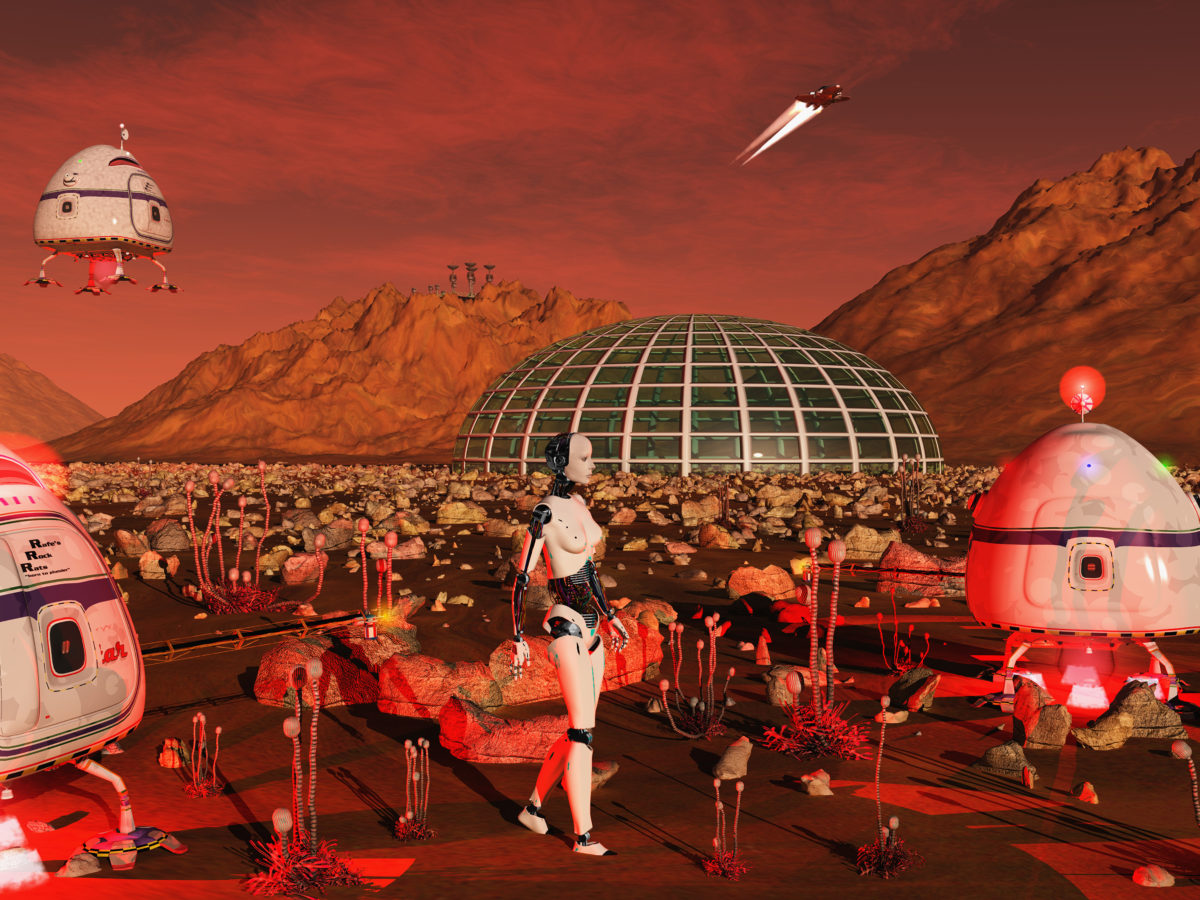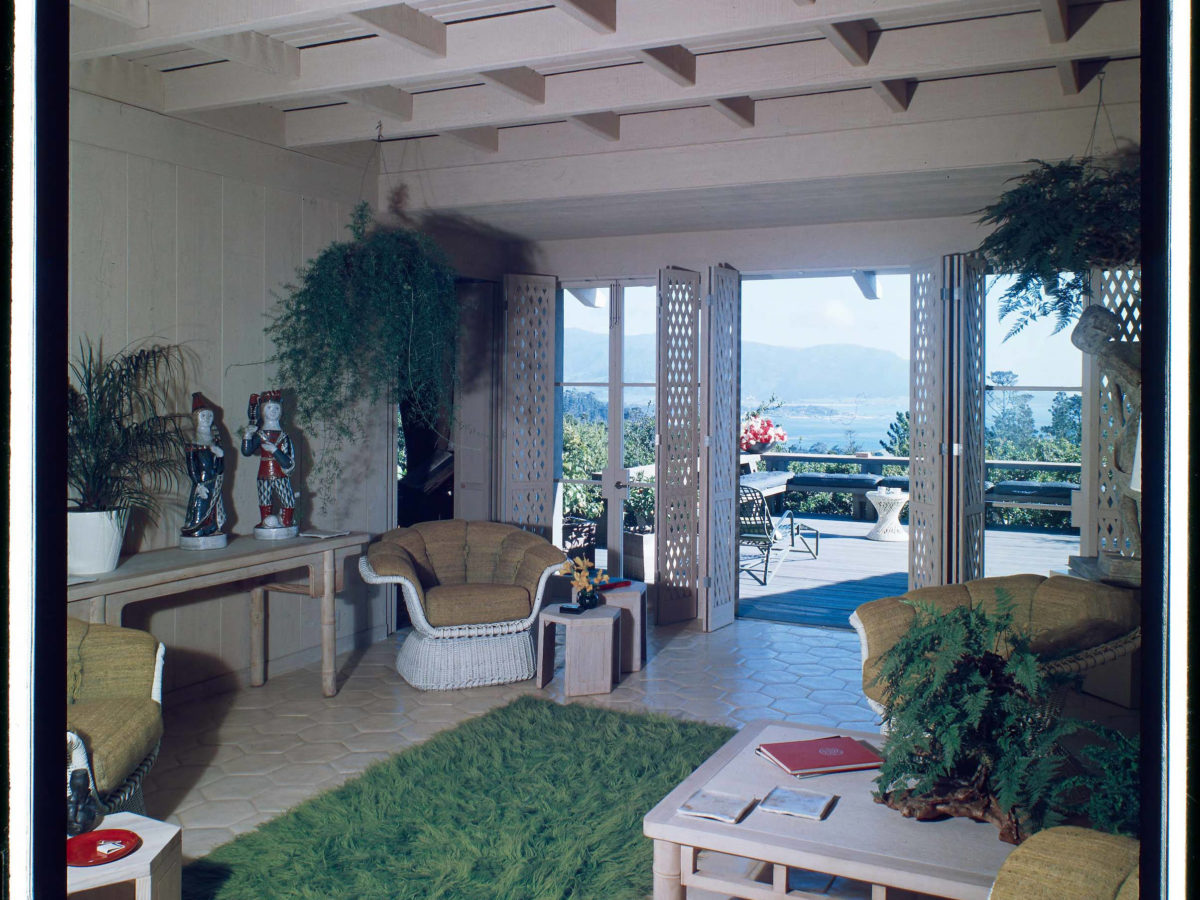
Have You and Your Houseplants Listened to Mother Earth’s Plantasia Yet?
Mort Garson’s 1976 cult darling synth album has been rereleased for modern plant lovers

Though scientists now understand that plants exhibit behavior in ways somewhat similar to “very slow animals,” in the early 1970s the notion of plant sensory capability was kind of a new and out-there topic. The idea of telepathic plants stemmed (pardon the pun) from Peter Tompkins’ and Christopher Bird’s 1973 book The Secret Life of Plants. While this work was embraced by the counterculture, the concept that plants had feelings and musical preferences was openly mocked by the scientific community (and most straight-laced citizens); in fact, The New York Times called it “the funniest unintentionally funny book of the year.” However, the book was nonetheless adapted for film by documentarian Walon Green, with a soundtrack provided by Stevie Wonder’s double album Journey Through the Secret Life of Plants. And in 1976, the idea that plants enjoyed certain music drove the creation of an enduring prog cult classic: Mother Earth’s Plantasia.
When horticulture enthusiasts “Mr. and Mrs. Mother Earth” Joel and Lynn Rapp decided to open Mother Earth’s Plant Boutique in West Hollywood, Joel Rapp had just gotten out of a long career writing for TV. Lynn was teaching a plant-care course at a women’s prison. Their home was brimming with houseplants, which they began selling to friends almost as a joke; soon Mother Earth’s Plant Boutique kicked off the houseplant boom as we know it, claimed the Rapps in a 1974 interview with People. The store introduced the West Coast to the idea that houseplants were a lifestyle, man. Mother Earth’s Plant Boutique was a hip scene, irresistible to bohemians and celebrities alike.
The Rapps’ plants came with funny signs like “Hi! I’m Douglas. I’m your bird’s nest fern. I like to drink water every 10 days, but I don’t like direct sunlight or pizza or acid rock.” The store also carried the Rapps’ bestselling hassle-free houseplant care books and a very psychedelic, decidedly non-acid rock record called Mother Earth’s Plantasia, created by a professional arranger and composer named Mort Garson.
Canadian-born and Juilliard-trained, Mort Garson had gained moderate success as a session musician in the 1950s and ’60s. He composed lounge hits for Mel Tormé and a couple of albums for Doris Day. He didn’t discover his true musical gifts, however, until 1967, while working on the spoken-word concept album The Zodiac: Cosmic Sounds—Celestial Counterpoint for Elektra Records in Los Angeles. Garson was introduced to inventor Robert Moog and his brand new, eponymous synthesizer, and was so taken with the far-out sound that he completed the album using the instrument. The Zodiac became the first album recorded using the Moog synthesizer on the West Coast.

The Moog synth quickly became Garson’s muse, and he began using it in all of his compositions, from the music for the CBS live televised broadcast of the 1969 Apollo 11 moon landing to the Grammy-winning audio adaptation of The Little Prince, narrated by Richard Burton.
In 1976, he used the Moog to construct Mother Earth’s Plantasia: a promotional atmospheric tribute to some of the decade’s most popular houseplants, for the West’s most popular houseplant store. Music sure to “Soothe the Savage Snake Plant” is mellow enough to calm a charging rhino, like the sonic version of a fluorescent pink sunset glinting off a limpid pool. “Baby Tears Blues” (named for Soleirolia soleirolii, also known as mind-your-own-business) sounds like skating down a frozen-over boulevard after consuming one’s body weight in Stay-Puft marshmallows. Garson even wrote a “Concerto for Philodendron & Pothos,” which, two decades later, would go on to inspire visionary Nintendo composer Koji Kondo in the creation of “Zelda’s Lullaby” for the soundtrack to Legend of Zelda: Ocarina of Time—one of the most critically acclaimed video games in the history of the medium.

Photo by Katarzyna Bialasiewicz / Getty Images
Whether or not an Asplenium likes acid rock, it turns out that houseplants may actually prefer one of Mort Garson’s other albums, the occultish Black Mass (recorded under the pseudonym Lucifer) over Plantasia; the latest studies show that plants quite enjoy Black Sabbath (who admittedly were on the plant music bandwagon five years before Garson). Whether or not it actually works, we can get behind any music that was specifically designed to make houseplants happy, and that’s what makes Plantasia such a delight. Like the album’s subtitle states, it’s “warm earth music for plants…and the people who love them.” Sacred Bones Records reissued the album on green and black vinyl in June 2019, and you can listen to it in its entirety on their site and on other music streaming services.

